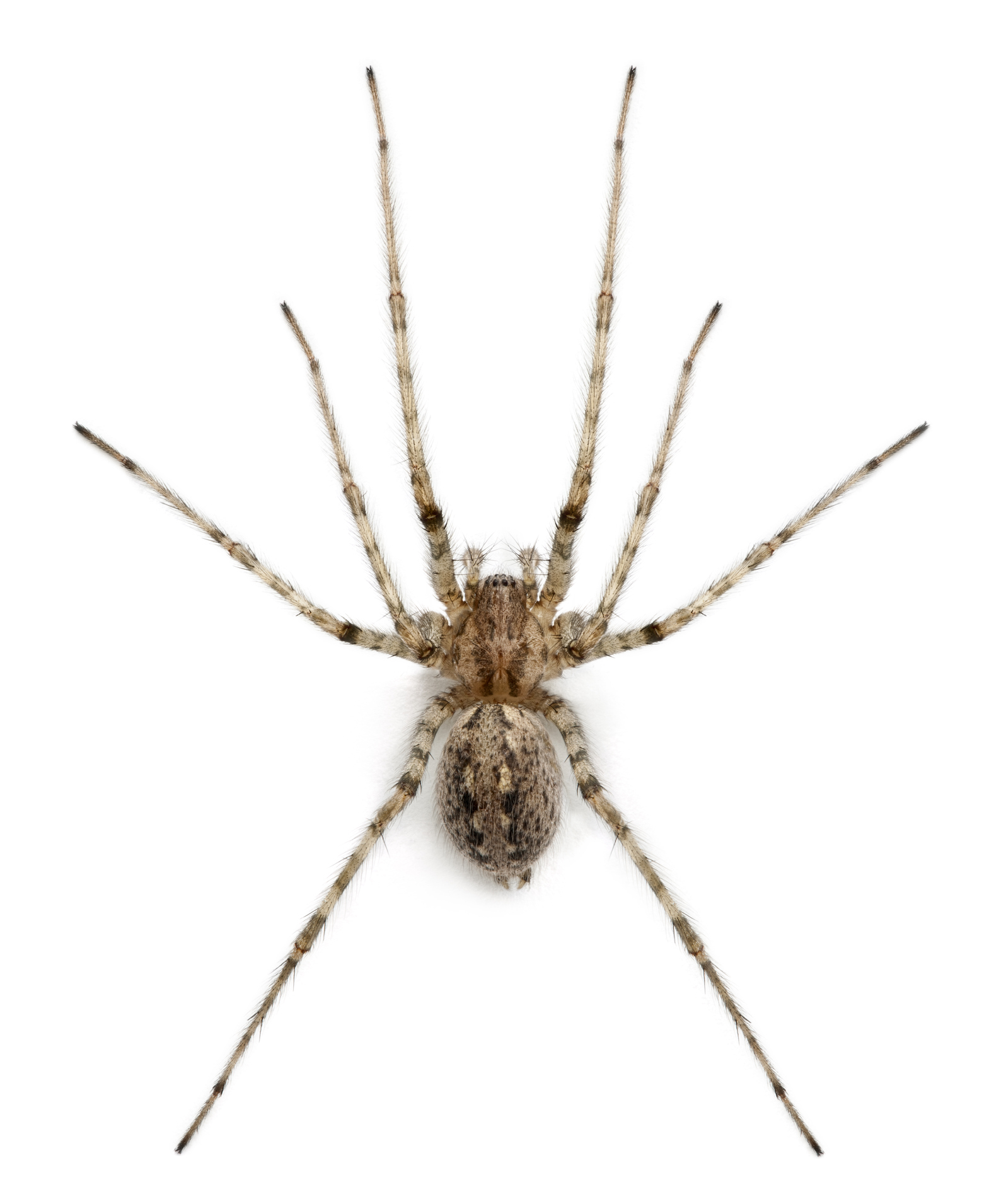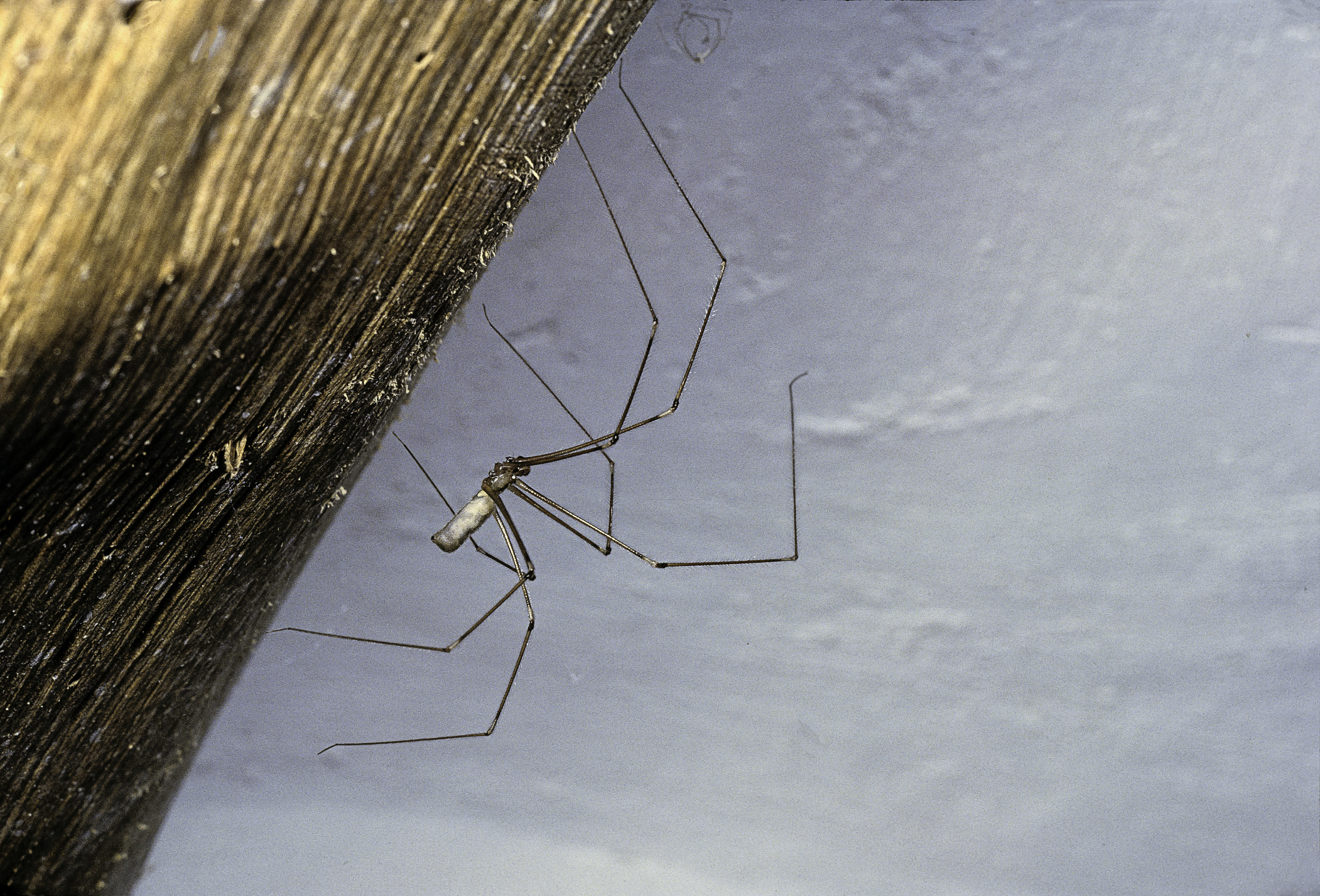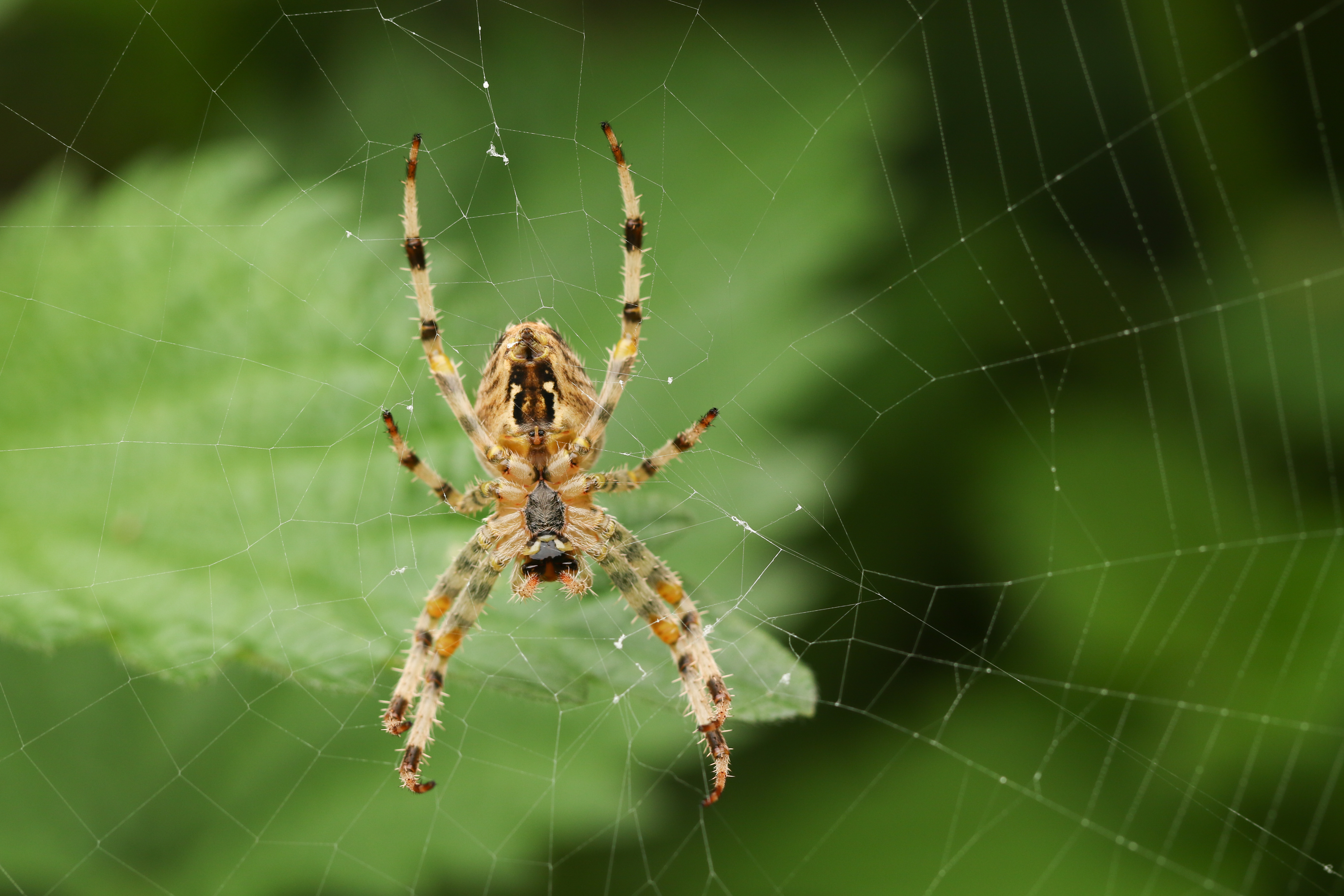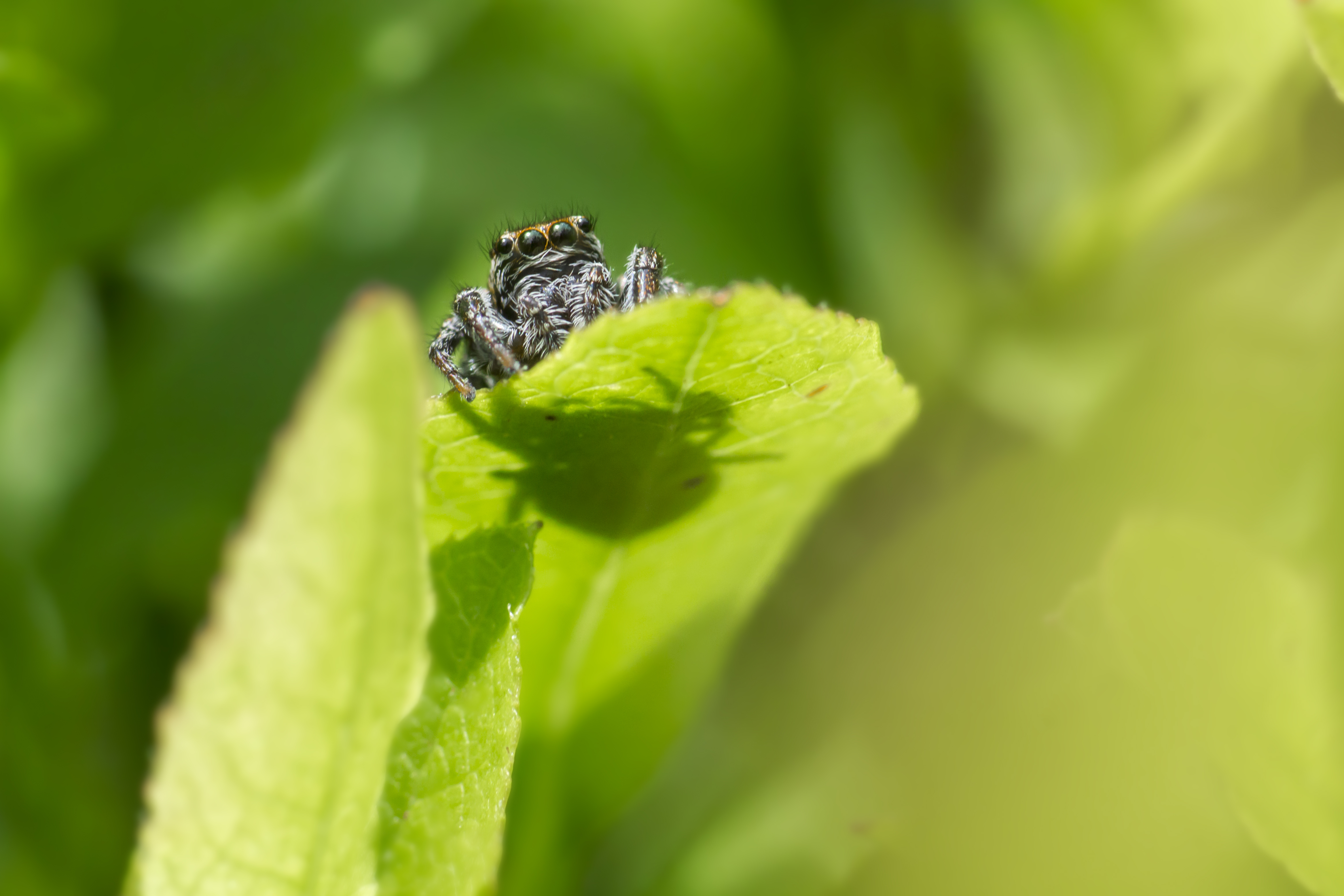MANY people have a fear of spiders but that doesn’t mean that they won’t come into your home.
Here, we look at what types of spiders you are likely to find in the UK and the ones you should look out for.
Black lace weaver spider
Black lace weavers are usually found inside UK homes all year round.
They are found on walls, fencing and clutter around the garden and are most common in autumn when males leave their webs to find females to mate with.
They can be found indoors after heavy rainfall when their home becomes flooded.
It may offer peace of mind to know that they are harmless to humans.
Buzzing spider
Buzzing spiders are found all over Britain but are more proninent in the south.
They are rarely found on the ground but mostly in shrubbery and over the foliage of trees.
Buzzing spiders get their names from when the males vibrate on leaves to attract females.
This usually appears in shades of white or light brown.
Cardinal Spider
The cardinal spider is the largest spider in the UK.
Otherwise known as Tegenaria parietina, some of these spiders have been recorded to have a leg span of 12cm.
The name “cardinal” was appropriated from a legend that dates back to the 14th century when Cardinal Wolsey was scared by the spider at Hampton Court.
The spider is fairly rare in Europe and is found more commonly in the south of England.
Most live in buildings or walls and like all spiders live in houses.
They can withstand very dry conditions and survive for months without sustenance.
The cardinal spider is capable of biting, although bites have rarely been recorded.
Its nip is not dangerous as it carries no venom, so it is unable to harm humans.
It is usually brown in colour.
Cave spider
The cave spider is roughly 10mm to 15mm long and can be found around the UK all year round.
These spiders are most likely to be found in caves, tunnels and spots with little to no sunlight.
They can be found either black or slightly red in colour
Cellar spider
Cellar spiders are also known as Daddy Longleg Spiders.
Their spindly bodies can be up to 10mm in length.
They are a yellowish-grey colour, and can be found in homes all year round with males living up to two years and females can live up to three years.
Common crab spider
The common crab spider is most common in Britain from March to August in low-lying vegetation.
Terrifyingly they eat their prey by jumping on their backs and piercing them with their fangs.
They can be found in yellow, green or white with thin red lines or dots.
Common orb-weaver spider
This spider can be seen from July to October in any structure where it can build a web.
Common orb-weavers mostly eat small insects and flies.
They get their name from the orb shape of their web and they are a greyish-brown in colour.
Cucumber spider
This tiny green spider can be found in the UK from April to October.
They are found in low growing bushes and hedgerows.
Cucumber spiders are native to the UK.
Cupboard spider
Cupboard spiders can be found in (you guessed it) cupboards.
Their colouring varies from dark purple to brown or black.
While these spiders do bite, their bite isn’t known to cause serious symptoms.
European garden spider
European garden spiders can be found in woodland and garden across the UK from June to October.
It will only bite humans if it is provoked or feels it is in danger.
Their colour varies from pale yellowy-brown to very dark brown.
False widow
False widow spiders are found in outbuildings and homes all year round.
They are brown in colour, and are believed to have arrived in Britain in 1879 from the Canary Islands.
Their name is strikingly similar to the deadly black widow spider, and their bites can be just as life-threatening.
Four spot spider
The four spot spider can be seen in Britain in tall grass during the summer and autumn.
They have four white spots on their back giving them their name.
They can be found coloured bright orange, dark brown or yellowly green.
Giant house spider
This spider is the one you will see most common in the autumn.
The giant house spider lives in sheds, attics, homes and outbuildings.
It can survive for several months without any food or water.
They are brown in colour, and can be seen all year round but mate in the autumn time.
Green huntsman spider
Britain has its own terrifying version of the huntsman spider.
They can be found in woodlands and are very rare.
They are generally spotted from May to September in Southern England and Ireland.
Jumping spider
These tiny spiders can be found in low vegetation from May to September.
They get their name from jumping on their prey rather than collecting it in a web.
Their colour can vary, with many being brown or grey.
Labyrinth spider
This rather large spider is found in Wales and England from June to September
They live in hedgerows and in long grass and are a light brown in colour.
Money spider
These little guys are known to be very harmless and can be found in the foliage from trees.
They are black in colour.
Orb-web spider
These strange-looking spiders can be found near water and are mostly seen from May to September.
They usually build a new web each day.
Running crab spider
These very dramatic-looking spiders are found in England and Wales from April to October and live in low-growing vegetation.
Their first two sets of legs are sideways.
Males are black or dark brown, whereas females are a lighter brown.
Sector spider
Sector spiders are found in homes hanging from window frames and live inside all year round.
They are grey with brown legs.
Zebra jumping spider
These strangely adorable-looking spiders are twice the size of a standard jumping spider.
While they can bite, their bites are not venomous and they will usually run away from you instead.
These spiders have black and white stripes on them, hence their name.
Spitting Spider
The only variety of spitting spider found in the UK is the Scytodidae thoracica.
The species in the UK grows to between 3-6mm with a dome-shaped body and straw-coloured legs with dark flecks or spots.
Spitting spiders only have six eyes while other varieties of spider have eight.
While out hunting at night they use a unique technique to capture their victims (other spiders or insects) by spitting out a venomous liquid that congeals around the prey and then the spider starts its feast.
They are harmless to humans and can mostly be found in southern England.
They appear in a light shade of brown.
Tube web spider
Tube web spiders are mainly found in the UK between June and October.
It gets its name from the tube-like silk it spins.
The entrance to the tube is usually encased by silk trip wires, rather like the spokes of a wheel.
Although usually found outside they do come indoors, often searching for a mate.
These alert the spider to possible prey passing by.
It’s a nocturnal spider that likes to settle within outside walls, wooden faces and other holes it can lay its eggs in.
It’s mainly found in southeast England, particularly in coastal areas.
They are black in colour, sometimes with a green shine.
Yellow Sac Spider
Coming in with a body length of around a quarter of an inch for both males and females, this spider is one of the tiniest.
Many people believe this spider to be white or ‘see-through’ when in fact, it’s actually a pale yellow.
Their diet consists of other smaller spiders and tiny insects. They’re commonly found in damp garden areas, including mossy patches and leaf piles.
The most disturbing fact about this spider is that if food supplies are low, they will eat their own young.
When is UK spider season?
Spider season isn’t very long – which is good news for those who suffer from arachnophobia.
It begins in the first or second week of September and ends by the first week of October.
Spiders come indoors as the weather begins to cool so they can mate.
Everything you need to know about spiders

























